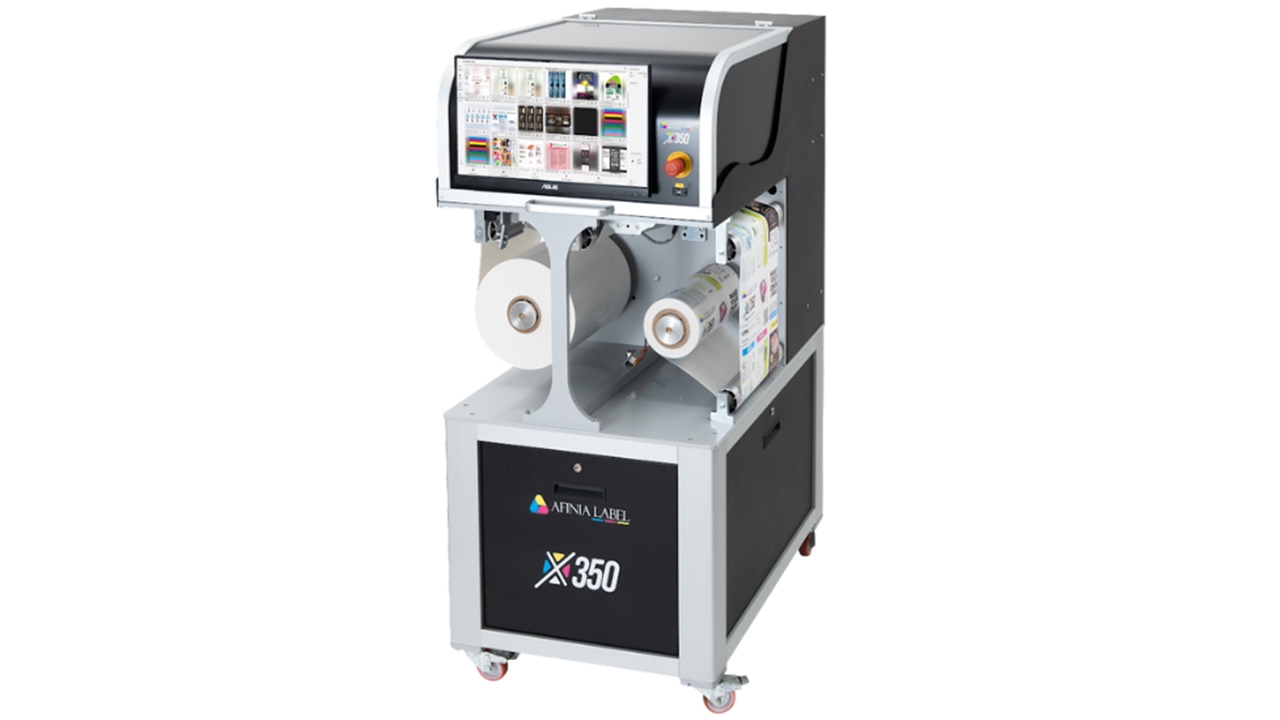Colorama rewarded for wine focus
Santiago, Chile-based label converter Colorama has benefitted in recent years from increasing focus on the country’s wine market – moving away from other end user sectors, and reducing its client base in order to provide closer, more personalized service to its customers.
The shift in strategy began seven years ago with the arrival of Carlos Scheuch, business manager of Colorama’s roll-to-roll printing division. He already had experience with a converter that was an early pioneer in wet-glue labels for the Chilean wine market.
Scheuch and Scheuch and president of Colorama’s board Francisco Langlois, who heads up the company’s sheet-fed printing division, began to focus on added-value applications, and wine labels have grown to 90 percent of the company’s production.
To allow improved customer service, Colorama reduced its client roster from more than 200 to around 40, most of whom are vineyards. Among its clients are three of the country’s largest, including San Pedro, the fastest-growing vineyard in Chile.
‘The local label market is very competitive,’ says Scheuch. ‘Particularly since the arrival of multinational groups such as CCL and MCC. We are positioning Colorama as a value-added label converter which offers a very high quality of product.’ The strategy is paying off, with Colorama experiencing double digit growth per annum for the last three years.
Production
Colorama was founded in 1988 as a printer of basic labels, mainly for fruit, and publicity work. In the 1990s it installed the first Indigo digital press in Chile – an E-Print 1000 – and has remained a loyal user of HP Indigo presses over the years, installing and upgrading various models. Today, it runs two HP Indigo WS6800s and one ws4500.
Sheet-fed offset presses from Heidelberg have been used since the company’s foundation. Today it runs five such machines, the latest a 5-color Printmaster installed two years ago.
Flexo printing is provided by two Nilpeter presses – one each from the manufacturer’s FB and FA lines, the latter a ‘very complete machine,’ according to Scheuch, with eight colors, hot stamping and rotary silkscreen.
A flexo unit from LeoMat allows variable data overprinting on wine labels. Finishing takes place on a number of machines, including an AB Graphic Digicon Series 2 and Colorama’s most recent installations: a GM Mini, installed in 2015, and GM DC33FB bought last year. The latter has brought Colorama its first flatbed silkscreen capability, as well as foiling and embossing. It is equipped with a BST web guide and GEW UV curing.
‘I attended Labelexpo Americas 2016 and was particularly impressed with advances in digital finishing technology,’ Further equipment purchases are being planned for 2017.
‘The GM machines are like Chilean wine: not too expensive, and very good performance,’ says Scheuch. ‘The installations were easy and local technical support is big advantage. The GM DC33FB is more complex in terms of its offering, but is easy to use. Registration is perfect.’ According to Scheuch, 50 percent of wine label finishing now takes place on the GM systems.
Thanks to its large digital installation base and GM’s Santiago-based regional office, headed by Jos Kabouw, Chile is the manufacturer’s biggest Latin American market, with more than 15 installations. Mexico has its second-largest installation base in the region.
Colorama uses textured materials from Avery Dennison, UPM Raflatac and Arconvert, including the latter’s Manter brand of specialty papers. ‘There has been great innovation in recent years in the materials available in the market,’ comments Scheuch. The company is renovating its internal pre-press department with Esko technology.
Wine labels
Colorama prints 20 million labels per month at its 2,000 sqm factory, which houses 100 employees. The company is in the process of buying adjacent land to allow expansion.
Seventy percent of production is pressure-sensitive labels; 30 percent wet-glue. Production is spread evenly across the different processes: flexo and digital at 35 percent each, and offset at 30 percent.
Digital printing has been the company’s key focus in recent years, according to Scheuch, encouraged by the increasing variation of designs in the wine label market. ‘There is a trend towards hyper-segmentation, while different languages are required for different export markets. An advanced design sector has sprung up around the Chilean wine industry, and this has driven the adoption of digital printing technology in the local market, to best produce such a wide variety of designs. One client, for example, sends us jobs that require different designs on 90 percent of the labels.’
There are around 350 vineyards in Chile, located across the length and breadth of the country. Chile exports 50 million boxes of wine a year. The UK takes 13 percent of exports, and the US and China 11 percent each. Japan and Brazil are also important export markets. ‘The quality of Chilean wine is increasing, so the value of exports is rising more quickly than volume,’ says Scheuch.
This increasing quality is reflected in the quality of labels produced by Colorama. The company has been rewarded for its efforts in each of the last three years, picking up a Theobaldo de Nigris gold award from regional association Conlatingraf in 2016 and 2015 in the ‘label with special finishing’ category, and a gold award in 2014 at the Australis awards organized by Chilean association Asimpres.
Stay up to date
Subscribe to the free Label News newsletter and receive the latest content every week. We'll never share your email address.


